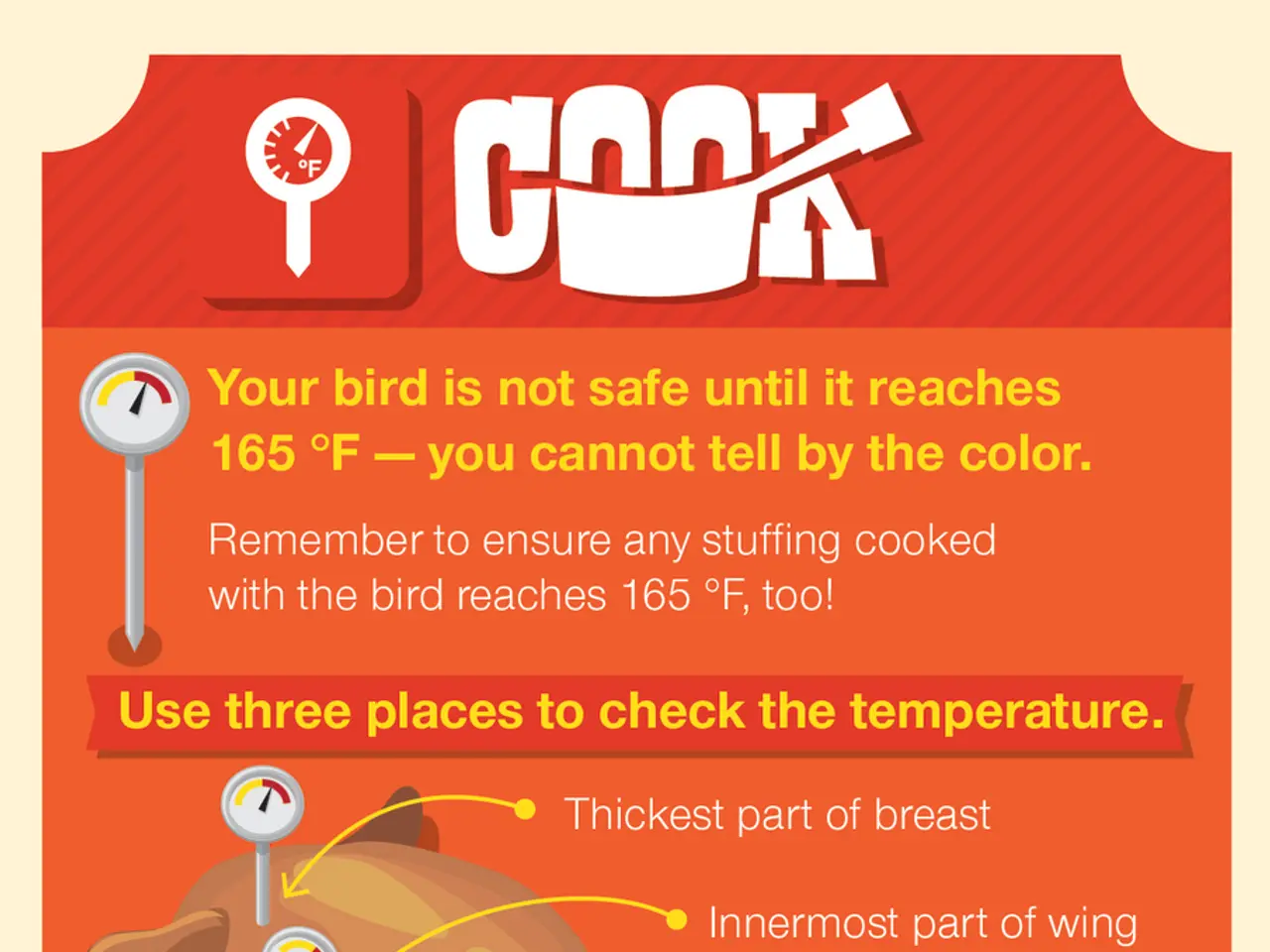Pregnancy and Cat Litter: A Risk Worth Awareness
Pregnant Women and Cat Litter: Understanding the Risks of Toxoplasmosis
Pregnancy is a time of great joy and anticipation, but it also comes with a heightened sensitivity to potential health risks. One such risk is toxoplasmosis, a parasitic infection caused by the Toxoplasma gondii microbe.
Toxoplasmosis is primarily transmitted through the oral-fecal route, and pregnant women are more at risk than the general population. The infection can be harmful to the fetus, potentially leading to miscarriage, neurological and ocular damage if primary infection occurs during gestation.
To minimize the risk of toxoplasmosis during pregnancy, it is generally recommended that pregnant women avoid cleaning cat litter. If this is not possible, precautions should be taken. Wearing disposable gloves while cleaning the litter box is essential, and hands should be washed thoroughly afterward. The litter box should also be cleaned frequently to reduce the parasite's presence.
In addition to these measures, pregnant women should avoid contact with soil or sand potentially contaminated with cat feces, maintain overall good hygiene practices related to food and outdoor activities, and keep the cat's litter tray clean.
If a pregnant woman contracts toxoplasmosis, she should contact her doctor for blood tests and further testing to determine the risk of passing it on to her baby. Screening and early detection during pregnancy allow prompt treatment to reduce the risk to the fetus.
It's worth noting that toxoplasmosis can also be caught from handling raw meat and not washing your hands afterwards, and from handling pregnant sheep or lambs. The parasite eggs don't become infectious until 24 hours after a cat has passed feces.
While the risks are low, pregnant women are advised to have someone else clean the litter box if possible. Wearing disposable gloves and washing hands thoroughly can also help minimize the risks of toxoplasmosis infection. If you have an outdoor cat, it's a good idea to wear gloves and wash hands thoroughly whenever cleaning the litter box.
For keen gardeners, wearing gloves can also help minimize the risk of toxoplasmosis. If you have kids and a sandpit, keeping it covered up when it's not in use can prevent local cats from using it as a litter box.
In conclusion, by following these guidelines, the likelihood of toxoplasmosis transmission from cats during pregnancy can be greatly reduced. Pregnant women should take necessary precautions to protect themselves and their unborn babies from this potential health risk.
- Pregnant women should be aware that they can catch toxoplasmosis from handling kittens or coming into contact with cat feces, as the parasite can be found in cat litter.
- The health-and-wellness routine for pet owners during pregnancy should include frequent care of the cat's litter tray to minimize the presence of the Toxoplasma gondii microbe.
- A veterinary check-up for the cat, especially for a new breed, could help ensure that it is free of helpful parasites that might be harmful to the expecting mother or her unborn baby.
- When preparing food for pets, pregnant women should maintain the same level of rigorous hygiene practices as those related to their own meals to minimize the risk of carrying parasites through food sources.
- In the realm of pet science, research continues to uncover more about the implications of toxoplasmosis for pregnant women and the developing fetus, emphasizing the importance of continued health-and-wellness education and precautionary measures.




